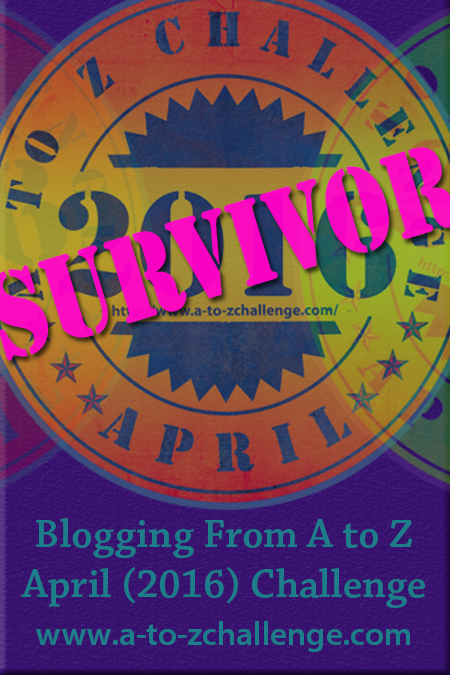Our overall plan is to move south but to take our time and
enjoy some of our favourite anchorages
along the Central Coast Heikish Narrows
The
forecast for the weekend wasn’t the best and we decided to wait out an approaching
low and trough rather than continue to Shearwater – the protection would be a
lot better. The barometer was falling and rain was on its way, but it was still
nice on Thursday so I spent some time in the kayak and talked with another
couple on a boat that had just arrived. They used to live in Sitka Alaska
On
Friday, the heavens opened and it rained down in buckets. The barometer was
steady at 1003 Mb (down from 1014 Mb) and we hoped for the best. The wind blew
a bit during the day but the protection is so good inside Bottleneck that we
hardly noticed. Our Alaskan neighbours stayed put along with us but were off
and running again on Saturday morning despite the barometer having fallen to
987 Mb overnight.
It
was a squally day and we were happy to be tucked up safely. Environment Canada Central Coast
We
were the only boat in the anchorage until four or five o’clock when a sailboat called Dreamketcher came in. We’d seen them a time or two when we were in Alaska BC Oregon Gulf of Alaska
and the remnants of a typhoon from Japan
 |
| Cambria's movements in red and Dreamketcher's in blue. All distances are outside the range of scope either boat would have had out. |
We
were sitting in the same spot we’d been in since Wednesday: smack dab in the
middle of the anchorage with a view out into Finlayson Channel. Dreamketcher was to the northeast of us,
closer to the head of the bay and seemingly close to shore. David was sitting
in the cockpit keeping an eye on things and playing the guitar. I was down
below drawing, getting up every few minutes to look around as well. The wind
was howling as the front moved inland and we were seeing swirling gusts in the
30s. We weren’t surprised: This was a wicked storm, but Bottleneck Inlet is a
hurricane hole and the fact that we were seeing so much wind ourselves meant
that the situation outside was pretty grim.
A
little later, David said “take a peek at where we’re sitting now.” I looked out
on the port side and could no longer see the entrance to the anchorage . . .
it’d been replaced by a small waterfall. We’d moved 100 metres or so and were
sitting close to the southern shore in 5 to 7 metres of water: We had dragged
but were holding steady again. Another gust of wind soon followed, and we swung
around to 2.1 metres. At that point, we jumped into action, upped anchor and
moved into the middle of the bay. But we couldn’t go back to the spot we’d been
sitting in for the last three or four days because Dreamketcher was there . . . they’d dragged somewhere in the
neighbourhood of 150 metres (best guess), tripping our anchor in the process. The
only thing we couldn’t figure out is how we missed it happening.
We
dropped the anchor upwind of them and got a good set but wanted to keep a
closer eye on things until we felt more comfortable with the situation. We kept the radar on for a while as an
extra pair of eyes, but everything was fine after that. Meanwhile, all was
quiet aboard Dreamketcher – they
hadn’t noticed the commotion or, if they had, they kept themselves hidden. It’s
possible that they were already asleep; their anchor light was turned on
shortly after they arrived. Either way, it didn’t instill a lot of confidence
in their anchoring abilities and we were happy to see they were gone when we
woke up this morning.
Note: This blog was written on Sunday,
30 August 2015.











0 comments